Nanomaterials are chemical elements or materials that are manufactured and used at a very small scale. Nanomaterials are developed to present different features compared to the same material without nanoscale features, such as improved durability, chemical reactivity or conductivity. There are some types of nanomaterials that have more importance for producing nanoproduct and we want to talk about them in this article.
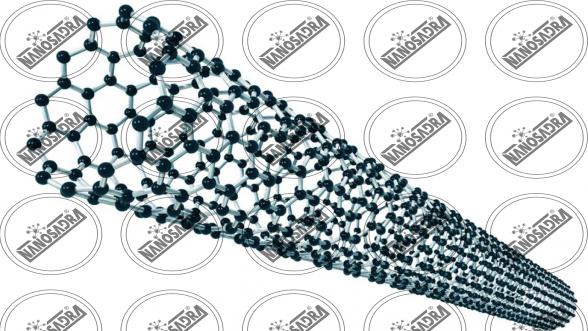
Different Types of nanomaterials in the market?

We have different type of nanomaterials in the market and here are some of them:
- Carbon-Based Nanoparticles
- Ceramic Nanoparticles
- Metal Nanoparticles
- Polymer nanoparticles
Carbon-based nanomaterials
Carbon-based nanoparticles consist of two main substances: Carbon nanotubes (CNTs) and Fullen. CNT is not something other than the technical sheets that are placed inside a pipe. These materials are mainly used for strengthening structures because they are 100 times more powerful than steel. CNTS can be classified into single-walled carbon nanotubes (SWCNTs) and multi-walled carbon nanotubes (MWCNTs). These kinds of carbon-based materials count as very good nanomaterials CNT’s are kind of unique because they are thermal in length and without conductive throughout the pipe. Fullen is carbon-steel, which is structurally from hollow cages sixty or more carbon atoms. The structure of C-60 is called Buckminsterfullerene and it looks like hollow football. The carbon units in these structures have a hexagonal and hexagonal arrangement. These are due to electrical conductivity, structure, high strength and electron affinity of commercial applications.
Ceramic nanomaterials
Ceramic nanoparticles are inorganic solids, composed of oxides, carbides, carbonates, and Phospilin. These nanoparticles have high resistance to heat and lack of chemical motility. They have applications in photocatalysis, optical color decomposition, drug delivery, and imaging. By controlling some of the characteristics of ceramic nanoparticles such as size, surface area, porosity, the surface to volume ratio and so on, they act as a good drug delivery agent. These nanoparticles have been used effectively as a drug delivery system for a number of diseases, such as bacterial infections, glaucoma, cancer, etc.
Metal nanomaterials
Metal nanoparticles are made of metal precursors. These nanoparticles can be synthesized in chemical, electrochemical or photochemical methods. In chemical methods, metal nanoparticles are obtained by reducing the metal ion precursors in the solution by chemical reduction materials. These are the ability to absorb small and high-level energy molecules. These nanoparticles have applications in the fields of research, diagnosis, and imaging of biomolecules and environmental and analytical-biological applications. For example, gold nanoparticles are used to cover samples before analysis in SEM. This is usually done to boost electronic flow and help us achieve high-quality SEM images.
Polymer nanomaterials
Polymeric nanoparticles are organic-based nanoparticles. Depending on the preparation method, these structures are shaped by nanoparticles or nanotips. A nano-trip particle is structurally like a matrix while the nanoparticles particle has a shell core morphology. In the first case, the active and polymer compounds are dispersed evenly while in the second case the active compounds are enclosed and surrounded by a polymeric shell. It’s of the cheap nanomaterials you can get. Some of the advantages of polymer nanoparticles, secretion control, protection of pharmaceutical molecules, the ability to combine therapeutic and imaging, special targeting and more. They have applications in the field of drug delivery and diagnosis. Pharmaceutical drugs are highly biodegradable and biocompatible with polymeric nanoparticles.
Average income of exporting nanomaterials to different countries
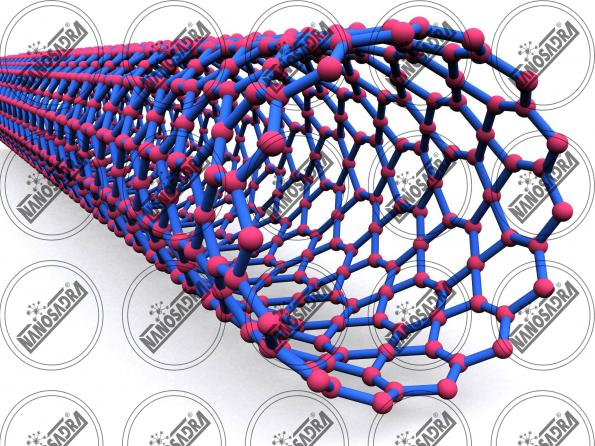
Approximately one-fourth of the USA nanotechnology products are exported. In addition, export earnings are doubled between 2011 and 2014 and have reached 130 billion dollars.
At the end of the year 2013, Rusnano supported 98 projects and had established 11 technology development centers and technology transfer (nano synthesis) and four engineering companies in different regions.
These specialize in composite materials, power engineering, Beam technologies, nano Electronics, biotechnology, optics and plasma technology, ICT, etc. Significant gains have been achieved in fields such as nano-ceramic, nanotubes, composites, and medical composition.
Materials. Since the beginning of the establishment in 2011, Nanotechnology and Nanomaterials Center in Saransk has started producing unique nanoparticles for microscopes that allow the particles to be recorded at a scale of 30 nm. This is a real breakthrough, with a lot of potential applications in electronics and medicine.
Nanomaterials price range in 2019
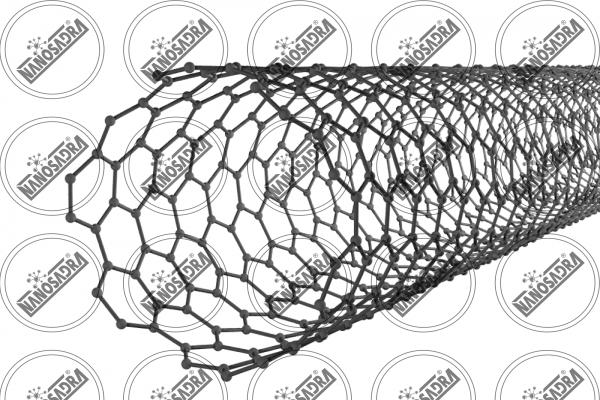
The world market of nanotechnology applications will be examined. Nanotechnology applications are comprehensively defined as the creation and use of materials, devices, and systems through material manipulation at a scale of less than 100 nm.
This study includes nanomaterials (nanoparticles, nanotubes, nanostructured materials, and nanocomposites), nanotubes (nanolithography tools and scanning probe microscopes) and nanotubes (nano-sensors and nanoelectronics).
The practical decision was taken in order to remove some specific materials and devices from the report tailored to the definition of nanotechnology. These exceptions include black carbon nanoparticles that are used to strengthen rubber and other rubber products.
Silver and color photographic nanoparticles and activated carbon are used for water purification. Because of their use in decades, long before the concept of nanotechnology, the study was not excluded and a large volume of them (especially carbon-black and activated carbon) tend to overturn newer nanomaterials in the analysis.
In the case of medicinal applications, this report measures the number of particles that the particle manufacturer receives. Research dollars, which are invested for better particle design or better delivery approaches, are not included.
The value created through clinical trial testing and final approval of the Food and Drug Administration (FDA) and admission is not prescribed as a drug.
Nanoscale semiconductors are also excluded from the study, although the tools used to create them are included. Unlike black carbon and activated carbon, semiconductor nanoscale is a relatively new development. However, they have been comprehensively analyzed elsewhere, such as black carbon and activated carbon, tend to eclipse other nanotechnologies based on their unparalleled volume in the past years until the year 2021.

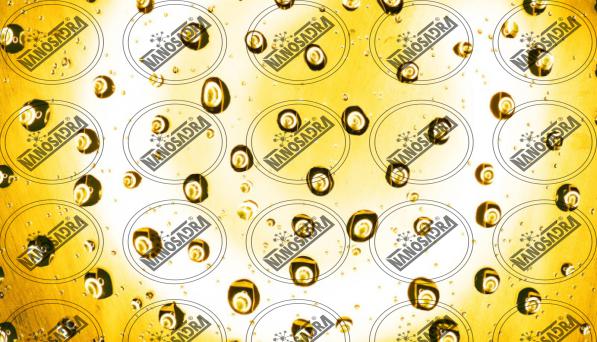


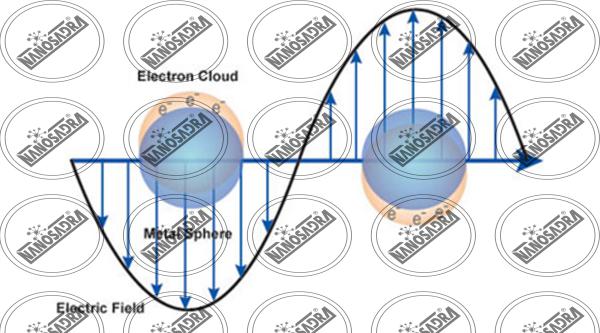
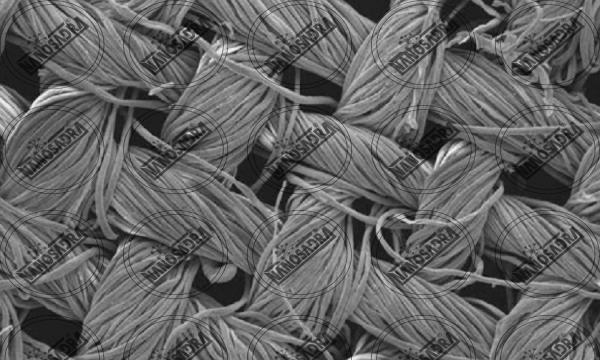

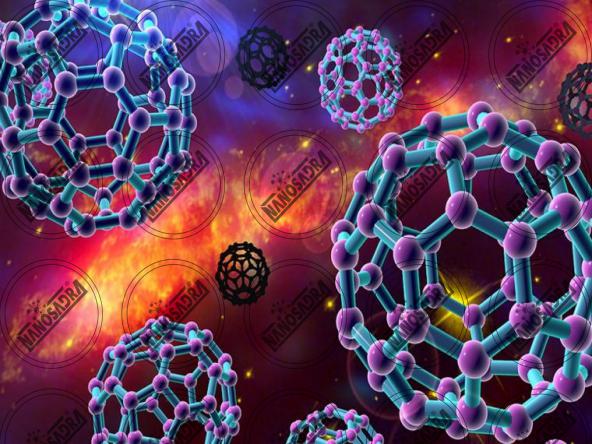


Your comment submitted.